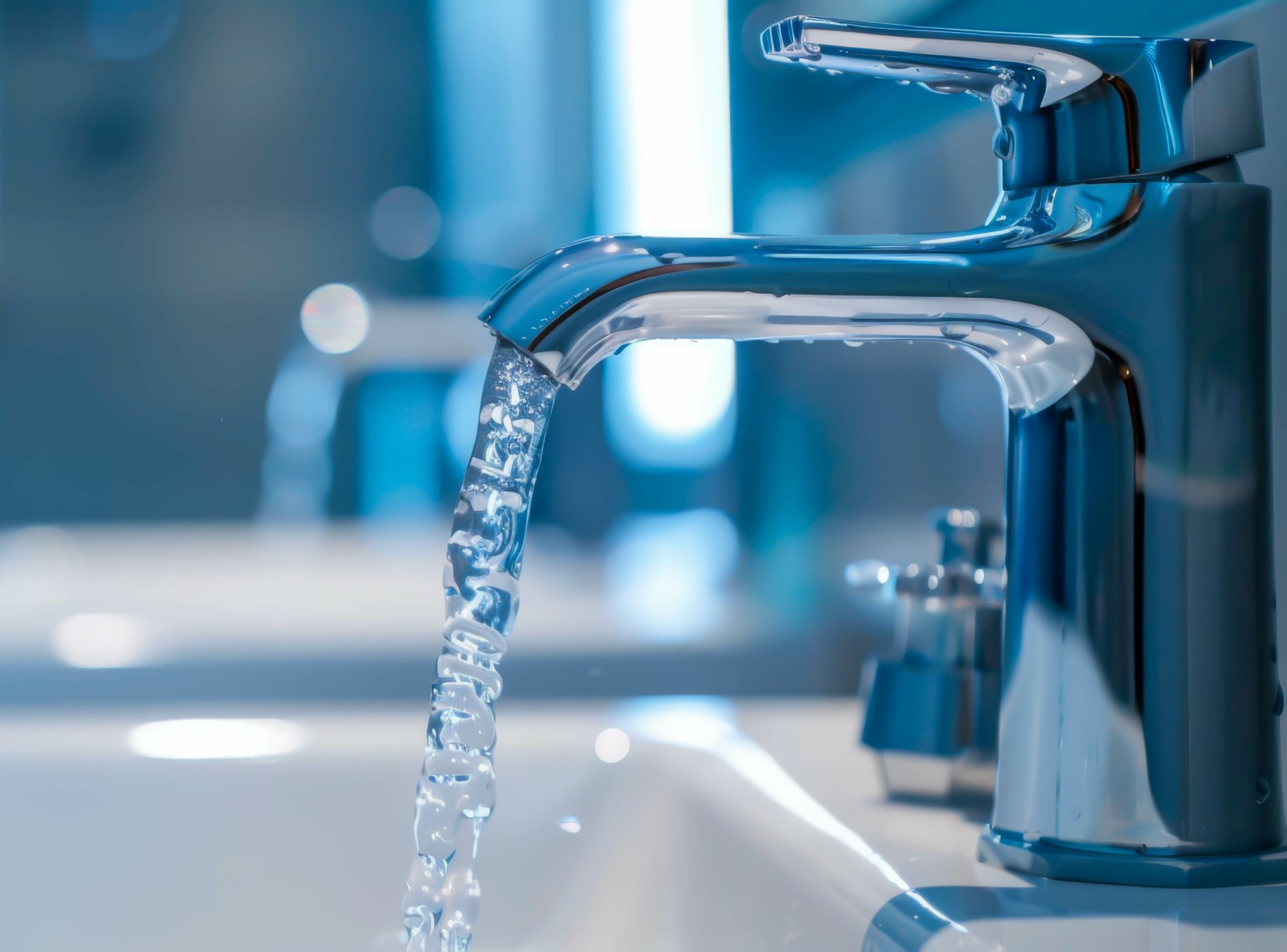
For all those who use paper towels to open the door and turn the handles in public bathrooms, new research from Flinders University may justify people’s germophobia.
A new study has found that handbasins are hotspots for dangerous microbes that can cause illnesses including pneumonia, Legionnaires’ disease, and wound infections, with basin biofilms containing a diverse range of pathogens including microbes typically found both in and out of water.
“This research shows that handbasins may be playing a significant and underestimated role in healthcare-associated infections,” Associate Professor Harriet Whiley, from the College of Science and Engineering and ARC Training Centre for Biofilm Research and Innovation, said.
“In both settings we found a high abundance of pathogenic and corrosive germs, including some not typically carried in water.
“The study also found that residential handbasins have a more diverse bacterial community present on handbasin biofilms compared with hospitals, with a higher number of Legionella bacteria present in the residential samples compared with those taken from hospitals.”
Biofilms, the slimy substance found on drains and around the faucet of handbasins, contain a community of microbes including disease-causing pathogens that can pose a threat to human health.
Lead researcher Dr Claire Hayward explained that these pathogens were likely transferred to the biofilm from patients or staff during handwashing, from incoming water supply or biological waste.
“The difference in the diversity of the microbial communities could be due to more regular cleaning, usage and the design of basins in hospitals through the implementation of healthcare infection control practices,” she said.
“This poses a risk to patients receiving healthcare in the home which has been emerging as an alternative to extensive inpatient hospital stays to reduce the burden on the healthcare system.
“These complex and diverse microbial communities also differed depending on building type and indicate hospitals also need more control guidelines to manage these under-recognised areas of potential infection.
“Patients receiving healthcare in the home need to be informed of infection control practices such as cleaning handbasin outlets and drains using effective disinfectants.”
The Australian Guidelines for the Prevention and Control of Infection in Healthcare recommends cleaning handwashing basins up to twice a day with detergent along with other high touch surfaces such as light switches, doorknobs, and bedrails with the same frequency.

